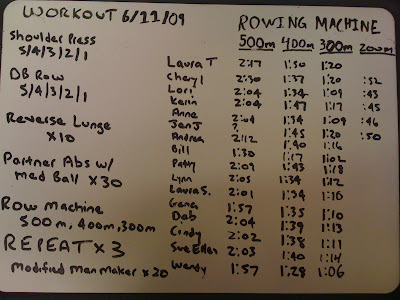Applying the principles of the Season of Life to coaching
This book was recommended to me by Matt Stover, kicker for the Baltimore Ravens, during a discussion about false masculinity. The book is titled Season of Life: A Football Star, a Boy, a Journey to Manhood. The book is written by Pulitzer Prize author Jeffrey Marx, and chronicled through the coaching and ministering of former Baltimore Colts player, Joe Ehrmann. This book is about the positive influence of coaching. I encourage all coaches, regardless of the specific sport, to read this book.
I would like to share with you three points that I received from the book and how you can apply it to coaching.
Point #1: Expect Greatness
Biff Poggi, the head coach of Gilman Greyhounds high school football team, defined greatness in a speech to his players:
“I expect greatness out of you. And the way we measure greatness is the impact you make on other people’s lives…The rest of the world will always try to separate you. The rest of the world will want to separate you by race, by socioeconomic status, by education levels, by religion, by neighborhood, by what kind of car you drive, by the clothes you wear, by athletic ability. Don’t let it happen.”
How would the boys make an impact? They would make an impact by being inclusive rather than exclusive. They would also make an impact by breaking down cliques and stereotypes, by developing empathy and kindness for all. Biff added, “What’s empathy? Not feeling for someone, but with someone. If you can put yourself in another man’s shoe, that’s a great gift to have for a lifetime.”
How else would the boys make an impact? By living with integrity. By seeking justice. By encouraging the oppressed. Biff states, “The boys could make the greatest impact on the world by asking the only question that really matters: How can I help you today?”
I agree with Biff in that the greatest impact we can make is by being a servant. A servant leader is both directive while humble and not manipulative.
Point #2: Maximize your talentsThis point was based on the Bible story – the parable of talents – that Joe Ehrmann shared with the head coach, Biff Poggi. To paraphrase the story, a man was preparing to leave home on a journey. He distributed property to his servants based on ability. The master returned to settle accounts with his servants. He was pleased with the two servants who had taken their talents and put them to good use. The man was not nearly as kind to the servant who made no use of it at all.
Joe explained, “God gives each person X amount of talents. The question isn’t really how many talents you’ve been given. The real question is what you do with the ones you have. The person we really want to honor is the one who maximizes whatever it is he has. On the other hand, someone with great ability but without the work ethic and the right contributions to the team is really negligible to the community.”
I agree with Joe Ehrmann’s assessment of talents. We should all try to do our best to use the gifts that God has given us, and we all have some gift, as well as some liability and limitations. We should, however, strive for excellance no matter what the endevour we choose. A team will not be successful until you get a group of gifted people varied in their gifts working together to accomplish a common objective. The individual athlete needs to aside personal goals for the good of the community.
Point #3: Masculinity (and femininity) ought to be taught in terms of the capacity to love and be loved.
Joe Ehrmann discusses the three components of what he termed false masculinity: athletic ability, sexual conquest, and economic success. I was present at a speech where Joe discussed his components of false femininity: dependant on body type or size, beauty, what you own, a man to complete yourself (Snow White – prince).
I think as coaches it is important to improve the self worth of the athlete, especially female athletes. Improving the self worth will change the self talk (what you repeatedly tell yourself), which will not only improve performance, but your beliefs, your behaviors, and your emotional responses to events and experiences.
In the book, Joe states that “masculinity ought to be defined in terms of relationships. It ought to be taught in terms of the capacity to love and to be loved…life wouldn’t be measured in terms of success based on what you’ve acquired or achieved or what you own.”
For the male, when you look back at the end of your life, the measure of a man should be what kind of father or son you were. Were you connected to people through relationships? Could your children take you in their arms and know when they are talking – you are listening? I try to get my identity at home instead of your work place.







 Counting 64 jumps in 30 sec.
Counting 64 jumps in 30 sec..jpg)



